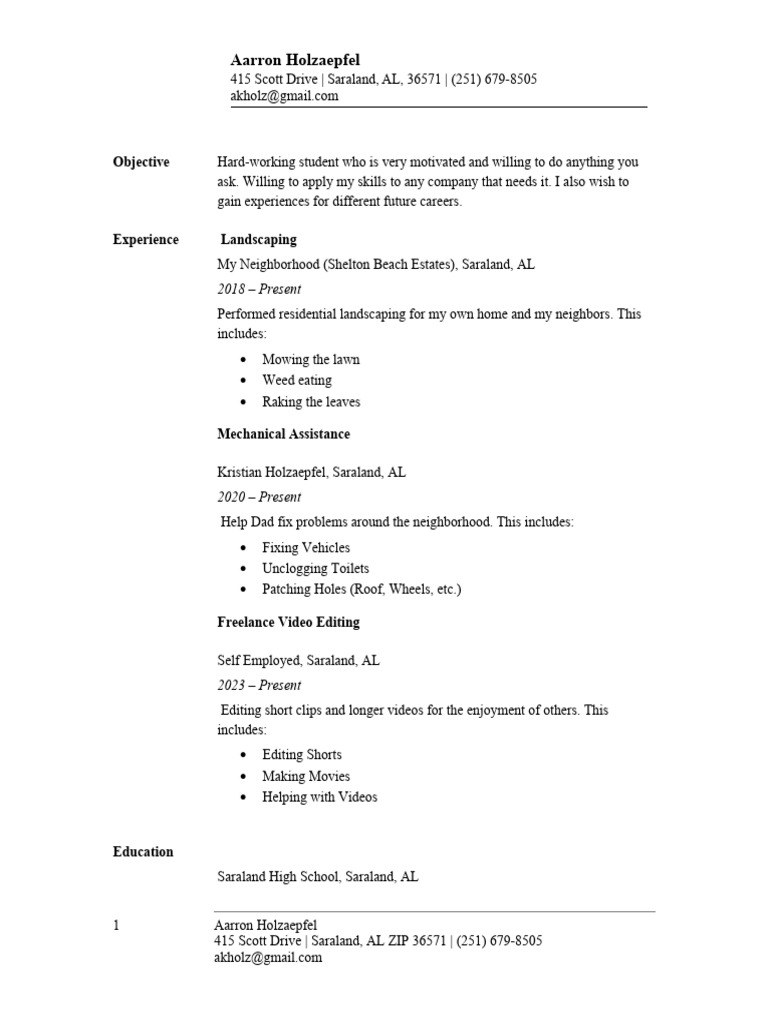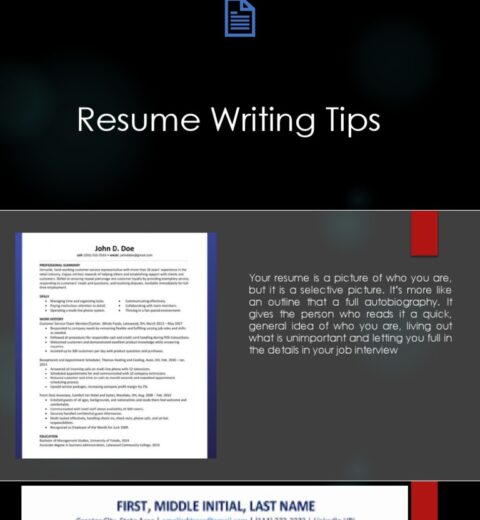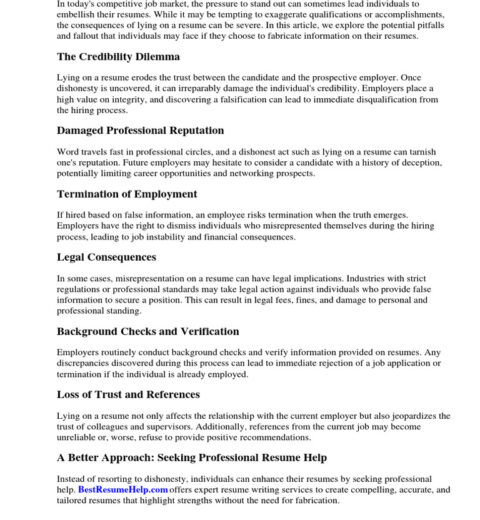Building a resume from scratch can initially seem daunting, especially in an age when digital footprints and networking platforms dominate the employment landscape. However, the importance of a well-structured resume cannot be overstated. It serves as a critical tool to present one’s professional narrative succinctly and compellingly. As the job market evolves, so too must the approach to crafting this pivotal document, particularly in 2025.
First and foremost, understanding the purpose of a resume is essential. A resume is not merely a document laden with dates and job titles; it is an advertisement for your skills, experience, and potential contributions to prospective employers. Hiring managers sift through numerous applications, making it imperative that your resume stands out amidst the deluge. However, crafting such a compelling narrative requires introspection and meticulous organization.
The first step in constructing a resume is self-evaluation. This introspective process begins with a thorough assessment of your skills, experiences, and accomplishments. It is vital to distinguish between hard skills (specific, teachable abilities, such as programming) and soft skills (interpersonal qualities, such as teamwork or communication). In a world where both skill sets are highly valued, identifying and emphasizing these components will provide a well-rounded portrayal of your capabilities. Consider creating a comprehensive list of your achievements and the responsibilities you’ve undertaken in previous positions.
Following the self-evaluation phase, the next step is to determine the format of your resume. In 2025, several formats remain popular: chronological, functional, and hybrid. The chronological format lists work experiences in reverse chronological order and is advantageous for those with a stable employment history. The functional format focuses on skills rather than work history and is often utilized by individuals transitioning careers or with gaps in their employment. The hybrid format combines elements of both, allowing for a versatile approach suited to various professional backgrounds.
Once the format is decided, the subsequent stage involves crafting your resume’s sections. A conventional resume typically includes the following components: contact information, a professional summary, work experience, education, and additional skills or certifications.
Start with contact information, ensuring it is prominently displayed at the top. This section should include your name, phone number, email address, and a link to your LinkedIn profile or personal website if applicable. Remember that clarity is crucial, so refrain from using obscure or unprofessional email addresses.
The professional summary, often an overlooked aspect of resume writing, is your opportunity to succinctly encapsulate your career objectives and significant qualifications. This section should be brief—ideally two to three sentences—and should encapsulate what sets you apart from other candidates. For example, instead of stating a desire to obtain a challenging position, an effective summary could articulate your commitment to leveraging diverse skill sets to foster innovation within the organization.
Next, turn your attention to the work experience section. This area can significantly influence the decision-making process of hiring managers. Each entry should include the job title, company name, location, and dates of employment. Focus on quantifiable achievements rather than mere duties. For instance, instead of stating that you “increased sales,” specify how you “boosted sales by 30% within one year by implementing a customer feedback program.” Utilizing action verbs, such as “executed,” “spearheaded,” or “optimized,” enhances the dynamic quality of your narrative. One should adeptly balance specificity with creativity; showing personality can help humanize the experience shared on paper.
Education, while traditionally positioned lower on the resume, is especially significant for recent graduates or those undergoing career changes. List the educational institutions you attended, along with the degrees earned and dates of attendance. Include notable achievements, such as honors, relevant coursework, or extracurricular activities that align with your career aspirations.
In addition to education and work experience, the inclusion of skills is paramount in 2025. As the employment landscape becomes increasingly competitive, possessing a diverse skill set is more vital than ever. List hard skills such as programming languages, technical proficiencies, or foreign languages, alongside soft skills that demonstrate leadership or creativity. Consider incorporating keywords from the job description, as many companies utilize applicant tracking systems that filter candidates based on these terms.
Finally, consider the visual appeal of your resume. In a digital age teeming with templates and design software, creating a visually engaging document can provide you with a distinct advantage. However, it is crucial to maintain professionalism—excessive graphics or unconventional fonts may detract from the content itself. Strive for a clean layout, utilizing white space strategically to avoid overwhelming the reader, and ensure that the font remains legible.
In conclusion, crafting a resume from scratch in 2025 is an amalgamation of introspection, organization, and creativity. A well-structured resume serves not only as a reflection of your professional journey but also as a strategic marketing tool for your career. By presenting your skills and experiences effectively, you increase your chances of engaging prospective employers and navigating the modern job market successfully. In this competitive landscape, a thoughtfully constructed resume can make the difference between being overlooked and securing an interview. Take the time to refine your narrative, and watch as opportunities unfold.




